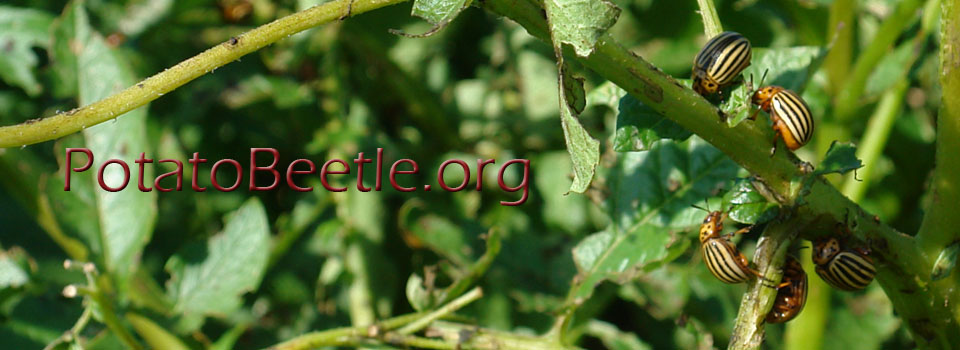Ruiz-Arroyo V, García-Robles I, Ochoa-Campuzano C, et al. Insect Mol Biol. 2017;26(2):204-214. doi: 10.1111/imb.12285.
Bacillus thuringiensis parasporal crystal proteins (Cry proteins) are insecticidal pore-forming toxins that bind to specific receptor molecules on the brush border membrane of susceptible insect midgut cells to exert their toxic action. In the Colorado potato beetle (CPB), a coleopteran pest, we previously proposed that interaction of Cry3Aa toxin with a CPB ADAM10 metalloprotease is an essential part of the mode of action of this toxin. Here, we annotated the gene sequence encoding an ADAM10 metalloprotease protein (CPB-ADAM10) in the CPB genome sequencing project, and using RNA interference gene silencing we demonstrated that CPB-ADAM10 is a Cry3Aa toxin functional receptor in CPB. Cry3Aa toxicity was significantly lower in CPB-ADAM10 silenced larvae and in vitro toxin pore-forming ability was greatly diminished in lipid planar bilayers fused with CPB brush border membrane vesicles (BBMVs) prepared from CPB-ADAM10 silenced larvae. In accordance with our previous data that indicated this toxin was a substrate of ADAM10 in CPB, Cry3Aa toxin membrane-associated proteolysis was altered when CPB BBMVs lacked ADAM10. The functional validation of CPB-ADAM10 as a Cry3Aa toxin receptor in CPB expands the already recognized role of ADAM10 as a pathogenicity determinant of pore-forming toxins in humans to an invertebrate species.
